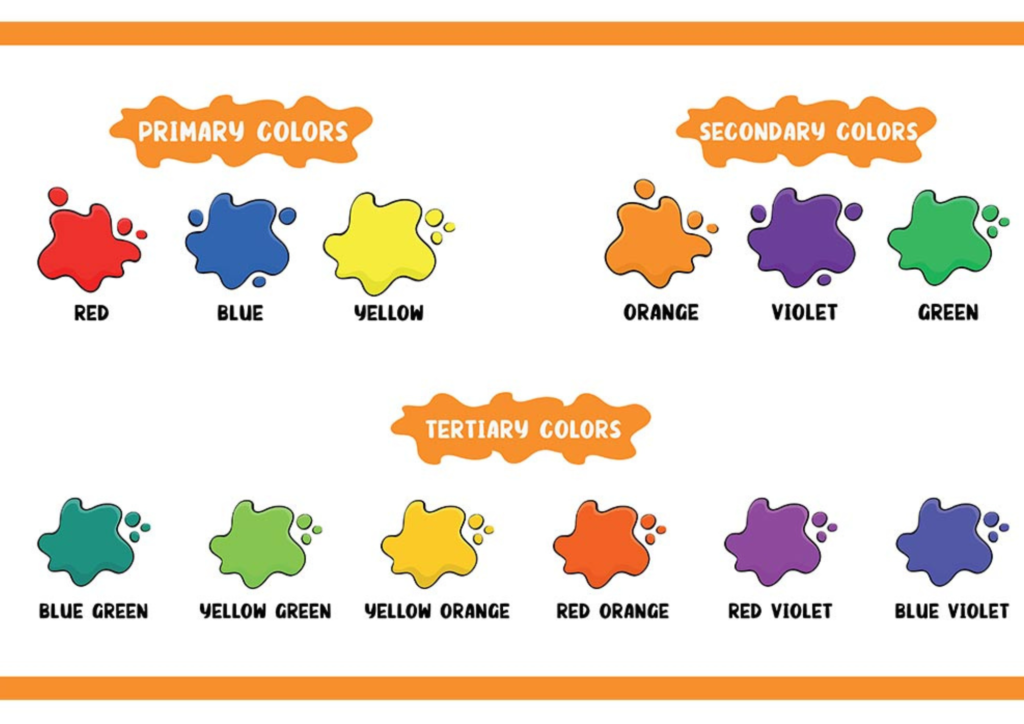Objective: #
Students will identify and name basic colors. Students will engage with songs that reinforce color recognition and vocabulary.
Materials Needed: #
Large color flashcards (red, blue, yellow, green, orange, purple, black, white, brown, pink) A song playlist with popular children’s songs related to colors. For example: “The Rainbow Song” “Red is the Apple” “I Can Sing a Rainbow” Art supplies: colored crayons or markers, white paper A whiteboard and markers

Introduction (10 minutes): #
Ask the students if they have a favorite color and why. Show each color flashcard and pronounce the name of the color clearly. Encourage students to repeat after you. Song Time (15 minutes) Play “The Rainbow Song.” After listening once, hold up the flashcards as each color is mentioned and encourage students to point or touch the corresponding color. Play the song again and invite students to sing along. Rotate through the other songs, always using the flashcards to reinforce visual recognition.
Interactive Activity (15 minutes) Place color flashcards around the room. Play a game where you call out a color, and students run to touch the correct flashcard. To make it more interactive, play a short snippet of each color-related song and ask students to find the corresponding color.
Art Activity (15 minutes) Distribute white paper and colored crayons or markers to each student. Ask them to draw something using their favorite colors. As they draw, walk around and talk to them about the colors they’re using. Once they’ve finished, have a short “gallery walk” where students can display their artwork and discuss the colors they’ve used.
Review and Conclusion (5 minutes)
Gather the students in a circle and review the colors learned today using the flashcards.
Sing one of the songs again, letting the students pick their favorite.
Let them know they did a great job and to keep looking for these colors in their surroundings.
Evaluation:
Observe students during the interactive activity to see if they correctly identify and touch the right color.
During the art activity, listen to their color choices to ensure they are correctly naming the colors they use.
Note: This lesson can be adapted or extended over several days. As the week progresses, you can introduce more complex activities like mixing primary colors to see what secondary colors they create or reading color-themed stories.
Remember, the key with this age group is to keep it fun and engaging. Repetition, songs, and physical activity will help cement the learning. Here’s a simple lesson plan on the topic of “The Body” for kindergarten students aged 3-5, including songs to engage them.



